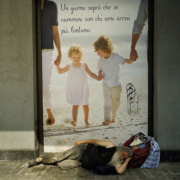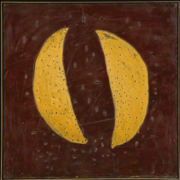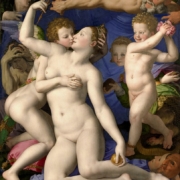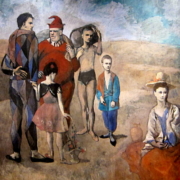Women in groups in Italy today and yesterday. Social change and inner transformations in three decades
Abstract
Author’s reference theory
As group Psychoanalyst the author refers to Ferdinando Vanni’s Interactive Group Theory (1988, 1992).
In F. Vanni’s theory Interactive groups are characterized by interactional communicative exchanges among participant. In these exchanges an “interactive” self emerges: the “self-in-others”.
This “self-in-others” presents itself as an indifferentiated Self which allows parts of personality to be projected, reflected or induced in others. The leader of an interactive group will then, as a first step, activate feed-backs from participants in order to recognize projections and inductions. He/she will, as a second step, begin the psychoanalytic working through, thus allowing the remodelling of self through group exchanges.
Interactive Group Theory refers to mixed gender groups.
In all women’s groups interactional communicative exchanges have revealed specific therapeutic power.
Relaxations of boundaries between individual selves derive from the affective quality of women’s interactions in group cultures like Interchangeability (Cantarella, 2002; 2005), illustrated in the following pages.
As shown in this paper attention, respect and appreciation allow interactional experiences which build the sense of self, enhance positive self esteem and foster gender esteem. We can as consequence, say that warm and intimate group exchanges among women are essential to the emerging and remodelling of the female self .
As a psychoanalist the author’s reference theory is Psychoanalytic Theory, in particular Fairbairn’s Object- relations theory of the personality (1952).







